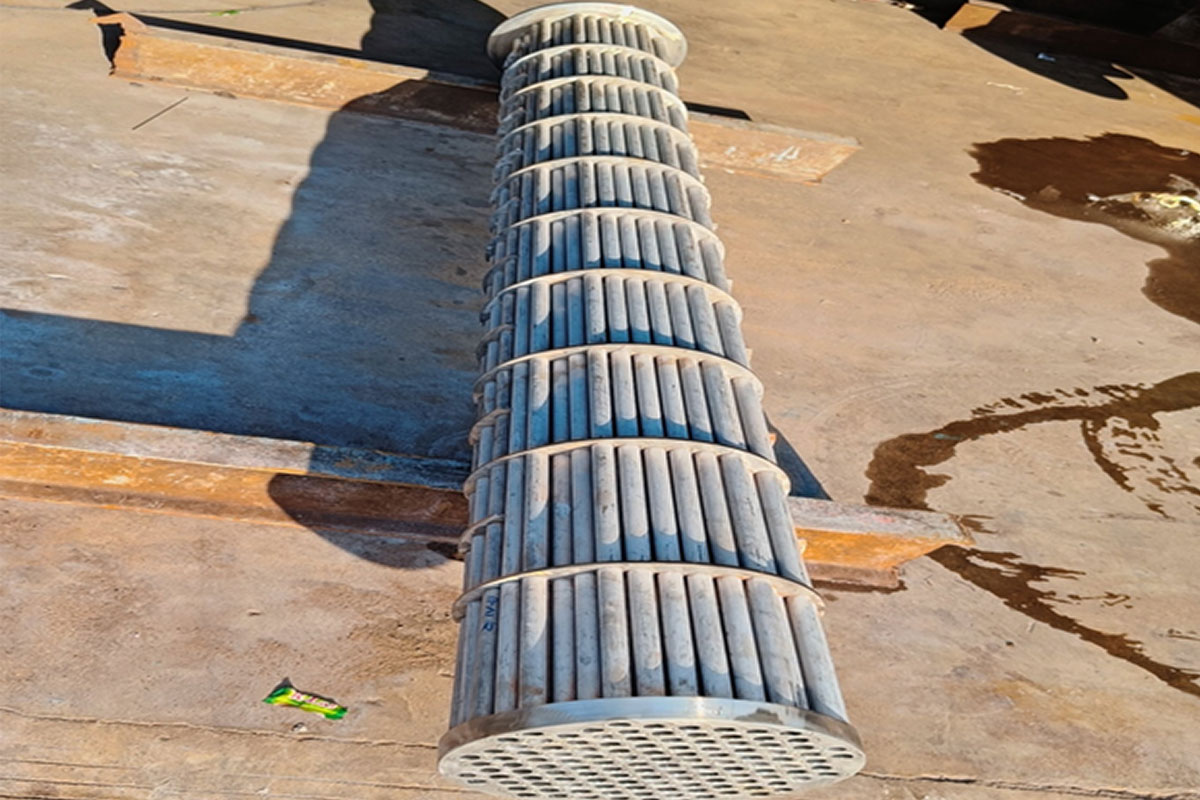


Industrial heat exchangers are critical components in a vast array of industrial processes, from power generation and petrochemical refining to HVAC and food processing. Their primary function is to efficiently transfer thermal energy between two or more fluids at different temperatures. The fabrication of these units is a highly specialized and precision-intensive process that must adhere to stringent international codes to ensure safety, reliability, and optimal performance under demanding operating conditions.
The manufacturing of industrial heat exchangers is an intricate process, typically broken down into several key phases:
Fabrication begins long before any material is cut. The design phase involves thermal design to calculate efficiency, required heat transfer surface area, and fluid dynamics, and mechanical design to ensure the structural integrity of the vessel. Engineers use client process data (flow rates, temperatures, pressures, and fluid properties) to create detailed blueprints. International standards like those set by the TEMA (Tubular Exchanger Manufacturers Association) and ASME (American Society of Mechanical Engineers) are strictly followed during this stage, particularly for pressure vessel integrity.
Choosing the right material is paramount, as it directly impacts the unit's durability, corrosion resistance, and thermal efficiency. Common materials include carbon steel, stainless steel (for corrosive environments), and non-ferrous alloys like copper, aluminum, and titanium. Selection is based on the compatibility with the process fluids, operating temperatures, and pressures.
This phase involves transforming raw material into individual components. Shell and Channel Cylinders are often rolled and welded from steel plates.Tube Sheets (thick plates with precision-drilled holes for tubes) are typically machined from plates or forgings.Baffles and Support Plates are cut and drilled to guide the shell-side fluid and support the tubes, preventing vibration and sagging.Tubes, which can be seamless or welded, are cut to length and may be bent into U-shapes for certain designs.
Welding is a pivotal step, demanding high accuracy and specialized techniques like TIG, MIG, orbital, and laser welding to ensure the integrity and impermeability of joints. Welders must be certified (e.g., ASME-certified). Major assemblies include: Shell/Channel Welding: Joining the plates and cylinders to form the main bodies. Tube-to-Tubesheet Welding/Expanding: Securing the tubes into the tube sheet holes. This is a critical joint; tubes can be welded, mechanically expanded, or both to ensure a leak-tight seal. Bundle Assembly: Integrating the tubes, baffles, and tie rods to form the core tube bundle.
Techniques such as radiographic testing (X-ray), ultrasonic testing, and dye penetrant inspection are used to detect internal and surface flaws in welds and materials without causing damage.
The final assembled unit must undergo hydrostatic or pneumatic testing to verify its ability to safely withstand the designed operating pressures and check for leaks. Helium mass spectrometry may be used for highly sensitive leak detection.
Completed exchangers are certified to meet international codes, often receiving stamps like the ASME "U" Stamp for pressure vessel integrity.
The ultimate goal of industrial heat exchanger fabrication is to produce a bespoke, robust, and highly efficient unit capable of reliable thermal performance for decades in some of the world's most challenging industrial settings.